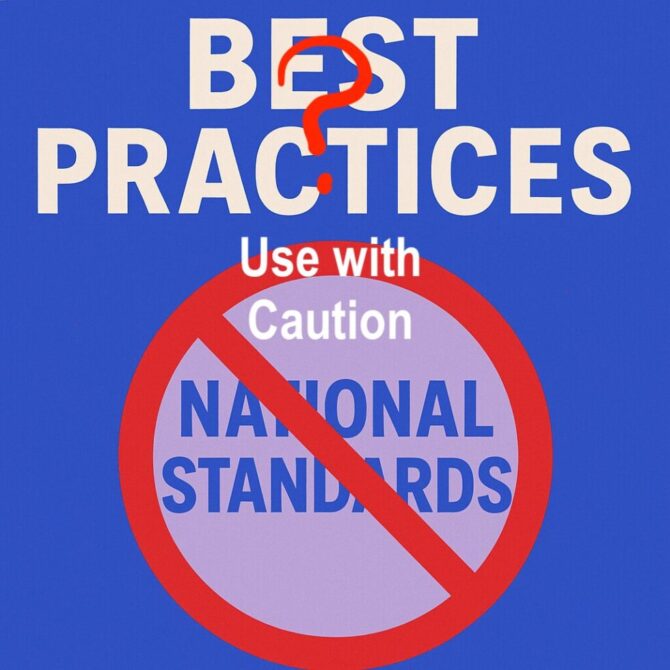
The term “generally accepted police practices” is often cited in legal proceedings to evaluate law enforcement actions, particularly in use of force incidents. However, experts Von Kliem, Jamie Borden, and Daniel King recently highlighted its frequent misuse, which can unfairly penalize officers and distort justice. This article, based on their
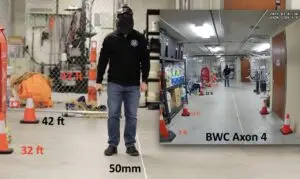
Authored By Investigative Specialist TJ Lewis Illustrations from “Anatomy of a Critical Incident – Navigating Controversy” As an Investigative Specialist, I have extensive experience related to the critical issue of body-worn camera (BWC) use in officer-involved incident investigations. Having retired as a homicide investigator, I’ve spent years unraveling complex use-of-force

Law enforcement is a calling that demands everything from those who answer it. Officers dedicate their lives to serving communities, often at the cost of their personal time, energy, and even identity. But what happens when the badge becomes all-consuming? In a heartfelt conversation, two seasoned law enforcement professionals, Jamie

Critical Incident Review: Barnes v. Felix – A Landmark Ruling, How it Affects the Need for Thorough Use-of-Force Investigations from a UOF Experts Perspective As a law enforcement use-of-force expert and investigative specialist, I evaluate police actions through the lens of Graham v. Connor (1989), the Supreme Court case that

“Take a Step Back” Law enforcement in 2025 is a vastly different landscape than it was in the 1990s when officers like Daniel King and Jamie Borden began their careers. The rise of body cameras, public scrutiny, and evolving legal standards have transformed how officers operate and how their actions

When a police officer uses force, the aftermath is rarely black-and-white. In a heated discussion, veteran investigators Jamie Borden and Danny King expose the messy reality of how “reasonableness” is judged in use-of-force cases—and why the system often screws over cops who did nothing wrong. The Problem: Hindsight Bias and

By Danny King and Jamie Borden, Critical Incident Review, L.L.C. Cognitive Interview; Addressing the Challenges Officer-involved shootings (OIS) are among the most scrutinized events in law enforcement, requiring a delicate balance between thorough investigation, legal accountability, and respect for the officer’s rights as an American citizen. In a recent discussion,

The Hidden Dangers of Emotional Bias in Video Evidence Analysis Video evidence is a cornerstone of modern investigations, particularly in law enforcement cases involving use-of-force incidents. Its visual clarity seems to promise objectivity, but as Jamie Borden and Danny King discuss in a recent conversation, this clarity can be a
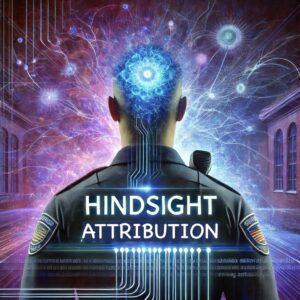
Video cameras and Body cams are everywhere now. They’re supposed to give us a clear picture of what happens during police encounters. And sometimes, they do. But what if that picture isn’t so clear? What if the video is actually tricking you? That’s what we’re going to talk about. Video

The Pitfalls of Video Evidence in Investigations Video evidence can be a powerful tool in investigations, offering a visual record of events that seems clear and conclusive. However, as Jamie Borden and Danny King discuss in a recent conversation, this apparent clarity can be deceptive. Misinterpreting video evidence can lead

The draft of the Human Factors Check list is a living document. Please leave thoughts and ideas you have regarding the use of the Check-List for others to gain from all of the experience and application regarding the use of the tool. Get the checklist here: https://drive.google.com/file/d/1Qi9i1GUvc_Lahm1M-O6D_3CHurjv4R65/view?usp=sharing

Use of Force; Policy Matters (pre and post-incident) : As a Use of Force instructor for the past several years, as well as an expert in human factors and an experienced video analyst, I have seen first-hand the critical differences between the intended purpose of a policy and how that

Defining Consistency In An Inherently Inconsistent Profession. Articles generate thought, thoughts provoke discussions, discussions catalyzeimprovement. This commentary highlights some points from the article, “Pondering PastPractice: Why Consistency Is So Important in Decision-Making.” (Graham, 2021) linkedbelow. Focus of this article:I believe the core subject of the cited article is focused on

How do we best extrapolate training from the video evidence of a critical incident? Simply stated, when we review a video and we do not have all of the facts and data regarding why the behavior we see is unfolding, we “critique” the actions of those players in the video.

After reading Michael Abrashoff’s “Turning the worst ship in the Navy into the best” I was inspired to convert some of the concepts into applicable information for law enforcement. One of the core courses through Critical Incident Review is the “Leadership Perspective on Force Analysis” Course. In that curriculum we

Cops are super-humans. They can override the inherent limitations of their minds and bodies because they’ve been trained to do so. They can move quicker, think faster and see, hear and remember more than any other category of human. In fact, it wouldn’t be right to measure their behavior and
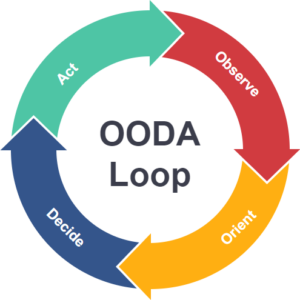
As an experienced investigator, a national investigations trainer and a court certified expert witness I have been directly involved in or analyzed and evaluated scores of use-of-force investigations. Not surprisingly, a dominant mantra I consistently notice investigators repeating is, “What happened?” That’s a critical question, of course, but if it

Finding the Perfect Blend of Technicality and Specialized Knowledge For Your Agency ~ Shifting the focus from “what are you looking at?” to “what are you looking for?” ~ The Power of Video Review/Examination in Today’s Digital Age Video review has become an indispensable tool in law enforcement, enabling professionals
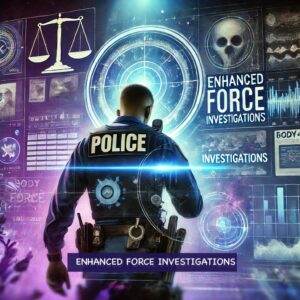

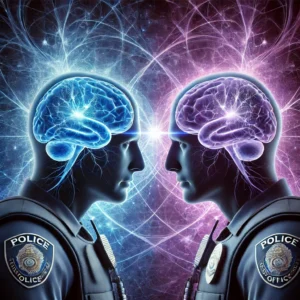
A look at “Shared Cognition” as a concept and theory in Law Enforcement In a critical incident involving law enforcement, shared cognition refers to the collective mental processes and communication among officers involved in the incident. While shared cognition can enhance decision-making and coordination, it also has limitations that officers

Part One of a Two Part Series – Understanding the nature of perceptual distortions and their potential impact on the appearance of an officer’s real-time judgment is crucial. (https://rumble.com/v1eajya-body-cam-officer-involved-deadly-shooting-nash-fiske.-nov-4.-wisconsin.html) This article is based on the above-linked video and is a follow-up to the previous article published by CIR. Understanding the

Part Two of the Two Part Series: The Totality of Facts and Circumstances from the Officers Perspective; Investigation and Evaluation of Use-of-Force – considering attentional resources and the associated memory issues from an investigative perspective Investigating and evaluating Use-of-Force, considering attentional resources and the associated memory issues, and understanding how
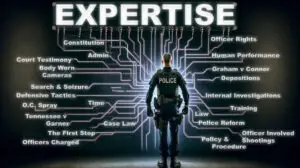

Looming Effects Related to Visual Principles and the Effects on Video Review and Examination: When combined with the distortive effects of a fish-eye lens, the visual principle of looming creates a unique set of challenges and considerations for video analysis. Here’s a detailed look at how these factors interact and
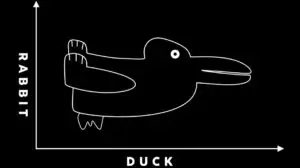
General Perception Issues; Analysis of Force Through Video Review and Examination The phenomenon where an officer involved in a critical incident may perceive a weapon where there is none, or misinterpret an object as a weapon, can be understood through a complex interplay of psychological, cognitive, and situational factors. This

There’s a large misunderstanding about the “objective standard” in use of force. CIR’s Jamie Borden clears up some of the errors that occur in the application of the force standard.
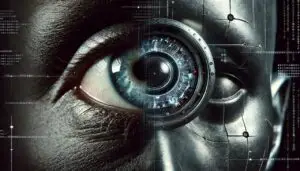
The difference is between the the human eye (the larger 50 mm photo) and the Axon 4 camera is striking. These pictures are taken from the exact same spot. Summary: Understanding Video Evidence Distortion in Police Use-of-Force Incidents At Critical Incident Review (CIR), we analyze video evidence from police use-of-force

A look at the application of Action v. Reaction in police use of force and in the Investigative Protocol. Special thanks to Virtra and Force Science for the tools to train! Check out CIR Training Courses Click here
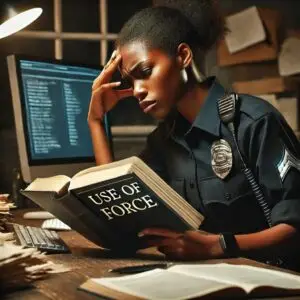
1. Clarity and Understanding: Defining terms in a use-of-force policy helps provide clarity and avoid ambiguity. Different stakeholders, including officers, supervisors, legal experts, and the public, may have varying interpretations of specific terms. Clearly defining these terms ensures that everyone involved understands the policy in the same way. Defining certain
